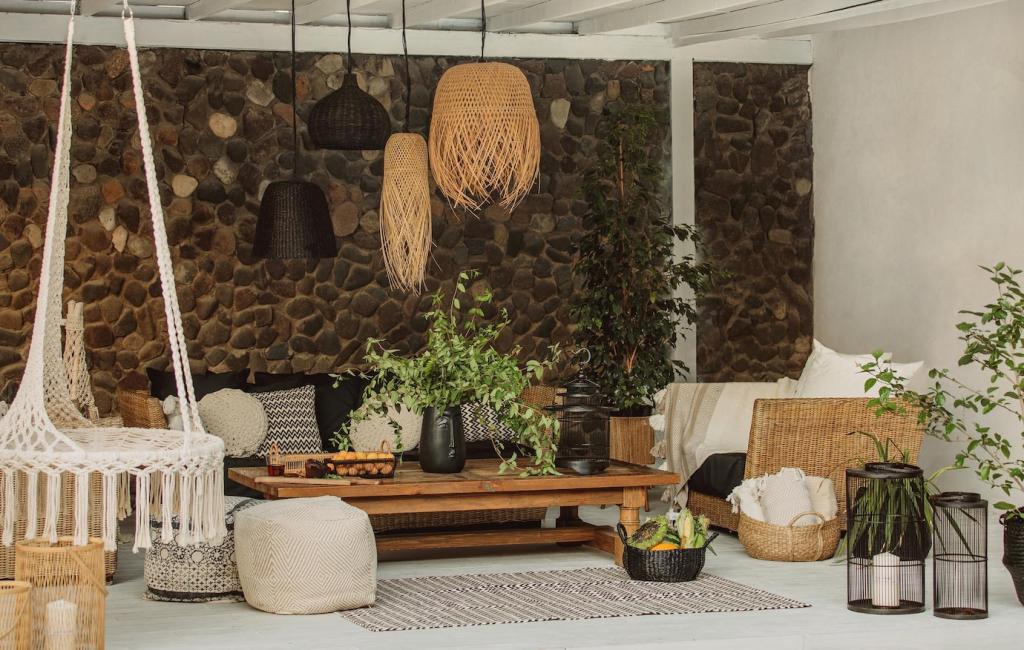Green Paints and Finishes for Interior Design
Discover how green paints and eco-friendly finishes can transform interior spaces while promoting healthier living environments and a more sustainable planet. This guide explores the importance of choosing environmentally sound finishes, the key attributes that make paints and coatings green, current aesthetic and practical trends, and actionable guidance for selecting the best options for your project.

The Fundamentals of Green Paints
Green paints are distinguished by their low or zero VOC content and minimal use of hazardous chemicals. They are formulated using water-based solutions, natural pigments, and sustainable binding agents, which reduce both environmental impact and potential health risks for occupants. Manufacturers typically seek third-party certifications, ensuring transparency and adherence to strict environmental standards. By choosing paints that disallow formaldehyde, heavy metals, and phthalates, designers can offer spaces that are safer and more comfortable for everyone.
Eco-Friendly Finishes and Their Role
Eco-friendly finishes, such as waxes, oils, and varnishes, have come a long way from traditional formulas. Today's options rely on naturally derived ingredients like linseed oil, beeswax, and plant resins, offering both protection for surfaces and peace of mind. These finishes emit little to no odor and resist yellowing, maintaining their appearance over time. Their adaptability to various materials, including wood and stone, allows for stylish, durable interiors that support environmental goals.
Health Benefits of Green Alternatives
Switching to green paints and finishes significantly impacts indoor air quality, an often-overlooked contributor to overall wellness. Harmful emissions from conventional coatings can cause respiratory problems, headaches, and allergic reactions. In contrast, green products create environments with cleaner air and reduced risk of toxic exposure. This is particularly important in homes, schools, and healthcare facilities, where vulnerable populations such as children and the elderly spend considerable time.
Previous slide
Next slide

Key Characteristics of Sustainable Paint Products
Low and Zero VOC Formulations
The presence of volatile organic compounds in paint is a significant concern, as they can off-gas dangerous chemicals into indoor air. Low and zero VOC formulations have transformed industry standards, creating products that drastically reduce air pollution and related health risks. These paints maintain performance and aesthetic qualities without sacrificing safety. Innovations in chemistry ensure durability and color vibrancy, making it possible to achieve desired design results while keeping emissions at a minimum.
Renewable and Recycled Content
One of the hallmarks of sustainable paint is the use of renewable resources or recycled materials in its formulation. Renewable resources such as plant-based oils and minerals replace petroleum derivatives, while some brands incorporate post-consumer or post-industrial recycled content. This minimizes reliance on finite resources and reduces overall environmental impact. Additionally, these practices support broader movements toward circular economy principles, proving that eco-conscious choices need not compromise visual appeal or product quality.
Accredited Certifications and Standards
Eco-certifications play a vital role in confirming the credibility of a product’s green claims. Labels like GREENGUARD, Green Seal, and ECOLOGO indicate that a paint or finish has undergone rigorous independent testing for indoor air pollutants and environmental impact. These certifications cover performance assertions, ingredient transparency, and sustainability, empowering consumers to trust the safety of the products they select. Understanding these marks helps designers ensure compliance with green building standards and instills confidence in clients seeking environmentally responsible solutions.
Current Trends in Green Interior Design Finishes
Biophilic design integrates nature-inspired elements to foster a connection with the outdoors. Green paints in earth tones, leafy greens, and subdued neutrals are leading the way, giving interiors a tranquil feel and promoting psychological well-being. These palettes harness the soothing power of nature, making spaces feel fresh and invigorating. Used in conjunction with sustainable finishes, they help blur the lines between indoor environments and natural landscapes, aligning with both wellness and ecological trends.

